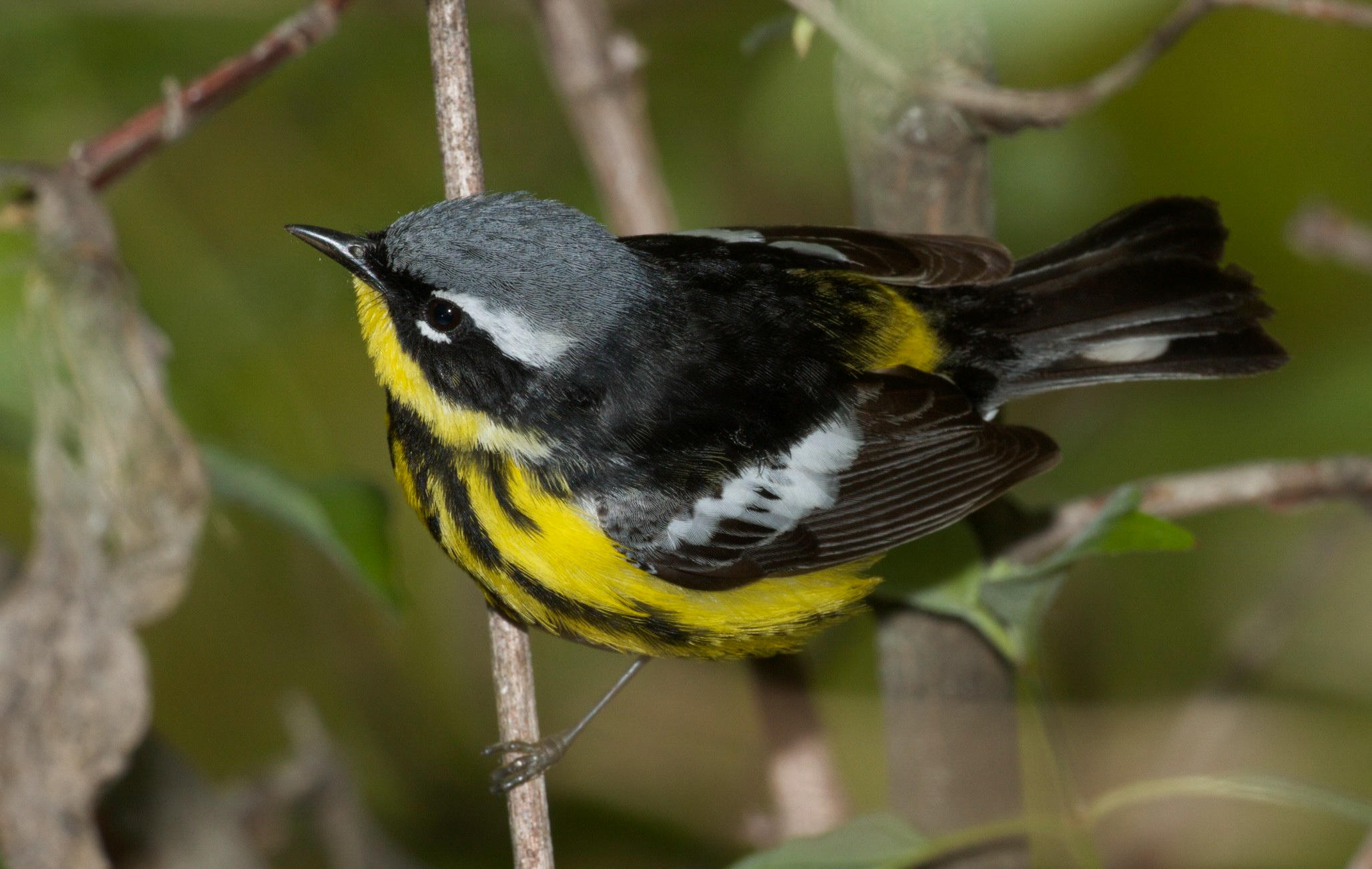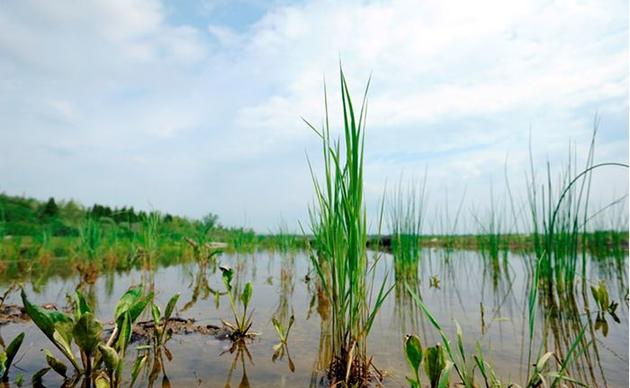What is an IBA? That's a great question! The Important Bird Area (IBA) program is an international bird conservation initiative with simple goals: to identify the most important places for birds and conserve them. Land achieves IBA designation after it is considered to meet a variety of standard scientific criteria that deems it crucial to the birds’ survival.
Identifying IBAs is a collaborative effort among state, national, and international non-governmental conservation organizations, state and federal government agencies, local conservation groups, academics, grassroots environmentalists, and birders. As a result, IBAs link global bird conservation priorities to local sites that provide critical breeding, feeding and nesting habitat for native and migrating birds. After an IBA has been identified, conservation efforts are often achieved through collaboration with the same partners.
New York's IBA program began in 1996, and since then Audubon New York has designated more than 100 sites as IBAs and evaluated existing IBAs to ensure they continue to meet the IBA criteria. New York’s network of IBAs has evolved over the years as more bird and habitat data have been collected.
What makes Prospect Park an IBA? This urban park is a designed landscape built by the famous park designers Olmsted and Vaux in the late 1860s. It includes elements of a romantic English pastoral landscape with the last remaining eastern decisuous forest in Brooklyn. The Park also has a 55-acre lake with several human-made small ponds. The site supports an exceptional diversity of migrant songbirds and is thought to be an important migratory stopover for landbirds. More than 240 species have been recorded in the park, and it is not uncommon to see 100 or more species in one spring day.
Birds: In addition to migratory songbirds, the park supports a large diversity of waterfowl. It is teaming with a variety of species year-round with it supporting many species during the cold weather months. As many as five to 15 Pied-billed Grebes call the Park home in the winter. And in the spring, it's common to see 25 or more species of warblers in a day. Some of the species that rely on the park include Double-crested Cormorant, American Black Duck, Mallard, Northern Shoveler, American Coot, Great Black-backed Gull, Eastern Towhee, Northern Cardinal, Baltimore Oriole, Black-throated Green Warbler, Yellow-rumped Warbler, Blackpoll Warbler, American Redstart, Magnolia Warbler and Canada Warbler.
How you can help, right now
Donate to Audubon
Help secure the future for birds at risk from climate change, habitat loss and other threats. Your support will power our science, education, advocacy and on-the-ground conservation efforts.





